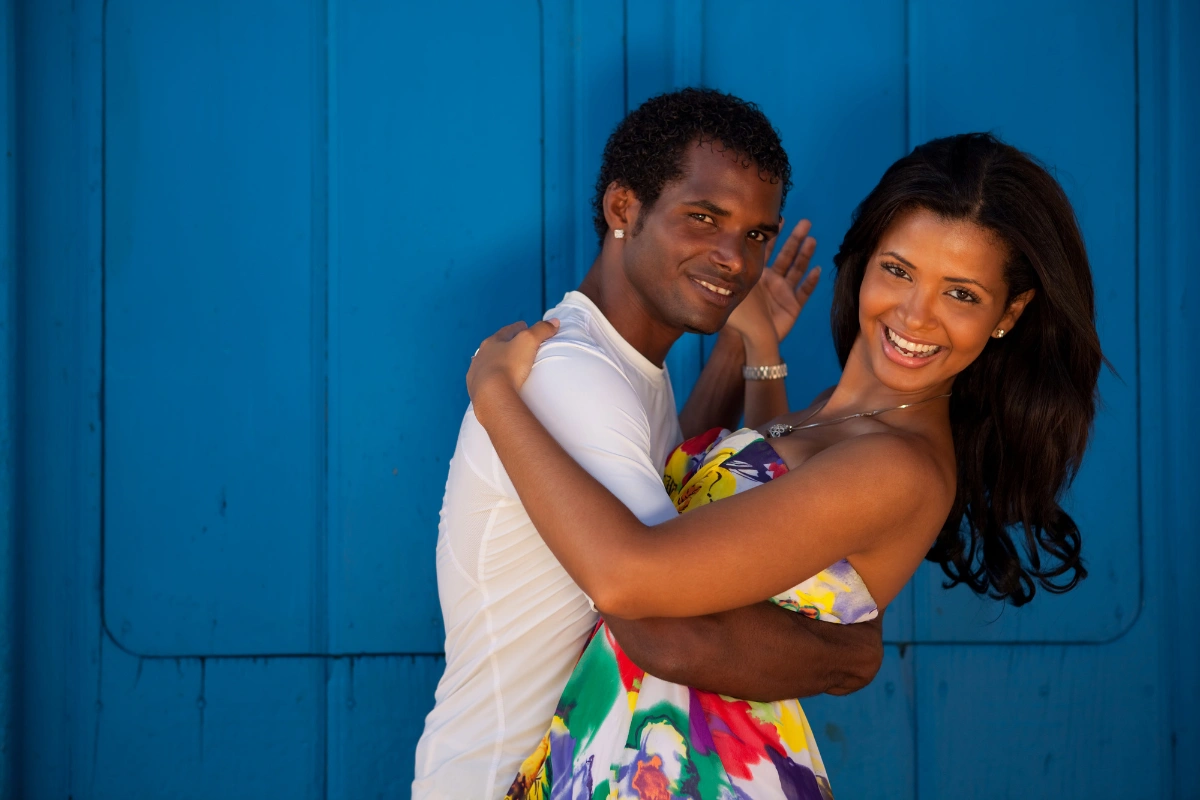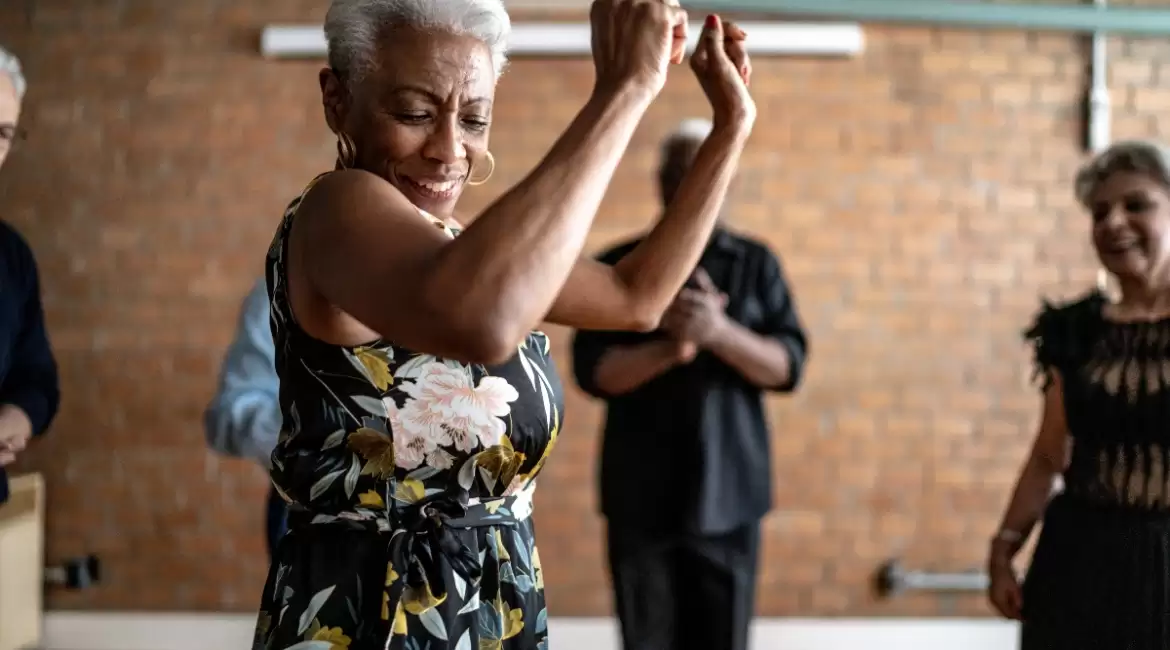Dancing is one of the most universal forms of expression, and over the centuries, various dance styles have emerged, each with its own distinct characteristics. Two such popular forms, Contra Dancing and Square Dancing, are often confused due to their common roots and group-oriented nature. However, while they share many similarities, each of these dances brings its own flavor and history to the dance floor.
The Origins of Contra and Square Dancing
Both contra dancing and square dancing can trace their origins to traditional folk dances. They evolved from European country dances, particularly English, Scottish, and French dance styles that emerged during the 17th and 18th centuries. Both forms of dance were designed to be enjoyed in groups, emphasizing community, connection, and shared enjoyment.
Contra dance specifically has its roots in English country dance but has been heavily influenced by other cultures, such as Scottish, French, African, and Appalachian dance traditions. It is often associated with New England folk dance or Appalachian folk dance, reflecting its popularity in these regions. The dance was brought to North America, where it developed a strong following, particularly in the Appalachian Mountains.
Square dancing, meanwhile, also finds its roots in English country dance but flourished in France, where it took on the distinct formation of four couples arranged in a square. Over time, square dancing gained popularity in the United States, becoming a quintessentially American folk dance. Today, it is closely associated with American culture, with 19 U.S. states officially recognizing square dancing as their state dance.
What is Contra Dancing?
Contra dancing is a type of folk dance where couples form long lines, and each couple dances with the one next to them, creating a continuous, flowing pattern of movement. The dance is led by a caller, who instructs the dancers through a series of figures or movements that are set to music.
Contra dancing is known for its lively, inclusive atmosphere and the variety of music that accompanies it. The tunes often include fiddles, banjos, and bass, with the music rooted in Irish, Scottish, and French-Canadian traditions. The fast-paced rhythms and joyful melodies make contra dancing a lively experience that connects dancers through both movement and music.
A unique feature of contra dancing is that dancers change partners frequently throughout the dance, creating a social, friendly environment. The dance hall can accommodate an unlimited number of couples, making it a perfect option for large gatherings or community events.
What is Square Dancing?
Square dancing, as its name suggests, revolves around the formation of four couples arranged in a square. This distinctive formation allows the dancers to engage in a series of choreographed moves that require precise coordination and teamwork. The square formation, which was first documented in England in the 17th century, became popular across Europe before becoming widely associated with American culture.
Square dancing is usually performed to live music, often featuring fiddles, guitars, and drums, though the musical accompaniment can range from traditional folk tunes to more modern genres like techno and hip-hop. The versatility of square dancing music is part of what keeps the tradition alive and appealing to new generations of dancers.
In square dancing, the caller prompts the dancers through a sequence of movements during the entire set. Unlike contra dancing, where the dancers begin to memorize the sequence after a few walkthroughs, square dancing requires continuous direction from the caller. The dance is highly structured, with dancers needing to stay in sync with both their partners and the group.

Key Differences Between Contra and Square Dancing
While both contra and square dancing share several common elements, such as the use of swings, promenades, do-si-dos, and allemandes, there are key differences that set them apart.
Group Formation and Structure:
In square dancing, the dance set is fixed with four couples forming a square. The number of dancers in a contra dance, however, is unlimited, allowing for long lines of couples that stretch across the dance hall.
Caller’s Role:
In square dancing, the caller prompts the dancers through the entire dance, as the sequences are often more complex and varied. In contrast, contra dance callers typically walk the dancers through the steps before the dance begins. Once the dance is underway, contra dancers rely less on the caller and more on their memory of the choreography.
Music and Atmosphere:
Contra dancing tends to feature traditional folk music with a strong emphasis on fiddles and other stringed instruments. Square dancing, on the other hand, can be set to a broader range of music, from traditional country tunes to more modern songs, making it a versatile dance form. The music in square dancing is often lively and upbeat, contributing to the high-energy feel of the dance.
Partner Interaction:
Contra dancing is a social dance that encourages interaction between many dancers throughout the evening. Partners rotate regularly, giving everyone a chance to dance with different people. In square dancing, the set of four couples stays together for the duration of the dance, creating a more structured and intimate experience.
Why People Love Contra and Square Dancing
One of the reasons why both contra and square dancing remain popular today is their ability to foster a sense of community. Both dance forms emphasize group participation and create an inclusive environment where dancers of all levels can join in.
Contra dancing, in particular, has a reputation for being easy to learn and highly accessible. The repetitive nature of the dance means that even beginners can quickly pick up the steps and join in the fun. The sense of camaraderie among contra dancers is strong, as participants often dance with a wide variety of partners throughout the evening.
Square dancing, while slightly more structured, also offers a fun and social experience. The teamwork required to execute the intricate patterns creates a sense of accomplishment for the group. Square dancing events often feature live music, which adds to the festive atmosphere.
For many dancers, contra and square dancing offer a welcome break from the hustle and bustle of daily life. The music, movement, and connection with others provide an opportunity to unwind, have fun, and enjoy the present moment.

The Modern Evolution of Contra and Square Dancing
Both contra and square dancing have evolved over time, adapting to the tastes and preferences of modern dancers. While these dances maintain their traditional roots, they have also incorporated contemporary elements to stay relevant in today’s dance scene.
In contra dancing, for example, the music has expanded beyond traditional folk tunes to include more diverse genres. Many contra dances now feature music with a modern twist, appealing to younger generations while still honoring the dance’s origins.
Similarly, square dancing has embraced a wide range of musical genres, with modern square dances incorporating everything from country to pop to hip-hop. This evolution has allowed square dancing to remain vibrant and exciting, attracting new dancers while retaining its loyal following.
The Benefits of Learning Contra and Square Dancing
Both contra and square dancing offer a range of benefits, making them excellent choices for anyone looking to improve their physical health, mental well-being, and social connections.
Physical Exercise:
Dancing is a great way to stay active, and both contra and square dancing provide a full-body workout. The fast-paced movements and coordination required in both dances help to improve cardiovascular health, flexibility, and balance.
Mental Stimulation:
Learning the choreography and following the caller’s instructions require concentration and quick thinking. This mental engagement can help improve cognitive function and memory, making contra and square dancing a fun way to keep your brain sharp.
Social Connection:
Perhaps one of the most significant benefits of both contra and square dancing is the opportunity to connect with others. These group-oriented dances create a sense of community, encouraging dancers to interact with one another and form new friendships.
Conclusion
Whether you prefer the flowing lines of contra dancing or the structured patterns of square dancing, both dance styles offer a unique blend of history, culture, and fun. While they share common roots, each dance has developed its own identity, providing dancers with distinct experiences.
If you’re looking to try something new, both contra and square dancing are excellent choices. They offer not only a chance to learn new moves but also an opportunity to connect with others and experience the joy of dancing in a group. So, find a local dance event, grab a partner, and get ready to experience the magic of contra and square dancing!


Leave a reply